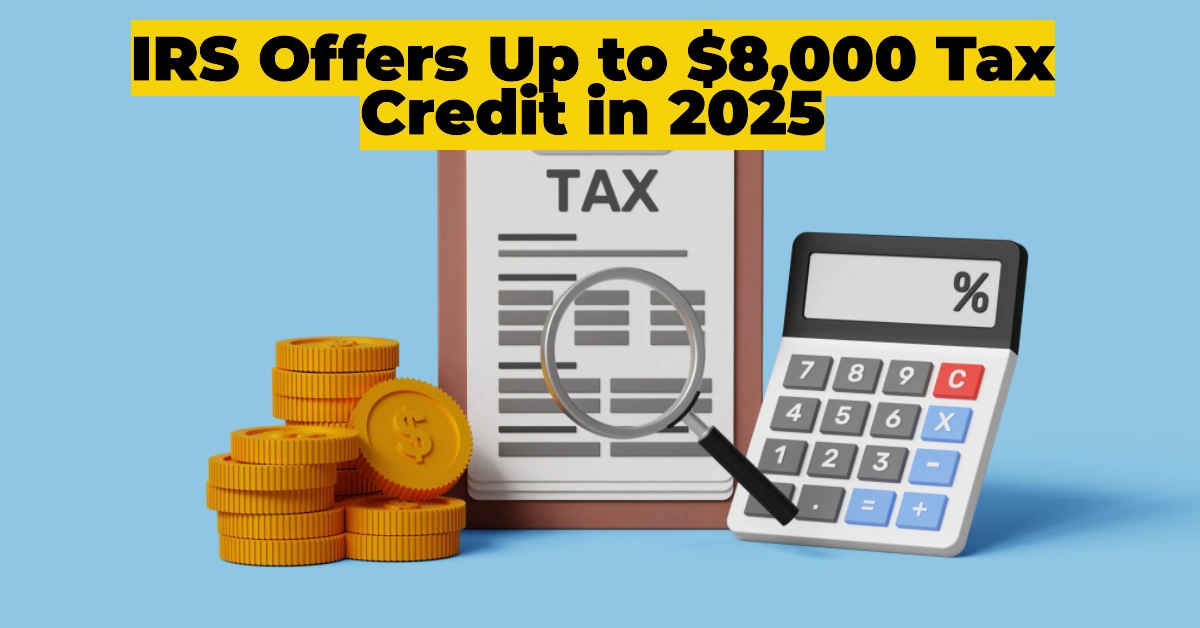The Social Security special minimum benefit is a program designed to assist low-wage earners by providing a baseline monthly payment in retirement. Enacted in 1972, this benefit ensures individuals with long work histories but low earnings still receive financial support.
Table of Contents
Minimum Monthly Payments for 2023 and 2024
- In 2023, the lowest minimum monthly benefit for qualifying workers is $49.40, while the maximum is $1,033.50.
- In 2024, these amounts rise to $50.90 at the minimum and $1,066.50 at the maximum.
Your payment amount depends on your years of work and when you file for benefits.
Who Qualifies for the Special Minimum Benefit?
To be eligible, you must:
- Have worked at least 11 years while earning a minimum taxable income (set at $17,820 in 2023 and $18,765 in 2024).
- Accumulate up to 30 years of qualifying work for the highest benefit.
Extra Child Tax Credit Available in These States: Is Yours Included?
New SSI Payments with 2025 COLA: What You Need to Know About the January Changes
$725 Monthly Stimulus Payments for Families in the Sacramento Primero Program
Factors Influencing Your Benefit Amount
- Years of Work:
- The more years you work (up to 30), the higher your monthly benefit.
- With just 11 qualifying years, you’ll receive the lowest benefit.
- At 30 years, you’ll reach the maximum payout.
- Filing Age:
- If you file early (at 62), your benefits will be reduced.
- Filing at full retirement age (67 for those born after 1960) ensures 100% of the benefit.
- Filing after full retirement age does not increase your payout under the special minimum benefit program, unlike regular Social Security benefits.
Understanding the WEP and GPO: How These Rules Impact Your Social Security Benefits
Regular vs. Special Minimum Benefits
You cannot receive both regular Social Security benefits and the special minimum benefit. The Social Security Administration will pay you whichever is higher.
New Wave of $700+ Stimulus Checks: Who Qualifies and What’s Next for 2025?
Warm Relief for New Yorkers: $996 HEAP Stimulus Checks to Combat Winter Costs this Christmas
Declining Participation Over Time
The number of recipients relying on the special minimum benefit has dropped significantly—from around 200,000 in the early 1990s to fewer than 23,000 in 2022. This decline is due in part to rising average wages, which allow more individuals to qualify for higher regular Social Security benefits.
What are the Nationwide Benefits for Seniors Over 65 in America 2025?
SSA’s $22.8 Million Payment Mistake: What Went Wrong and How It’s Being Fixed
Nerdy Insights: Maximizing Your Retirement Benefits
- Plan your retirement age carefully: Filing early can reduce benefits by up to 30% compared to waiting until full retirement age.
- Understand Medicare costs: Keep in mind that Medicare Part B premiums are often deducted from Social Security payments.
The Social Security special minimum benefit is a valuable lifeline for low-wage earners with long work histories. However, careful planning and understanding your options are essential to maximize your retirement income.











2 thoughts on “What is the Lowest Social Security Retirement Benefit in 2025?”